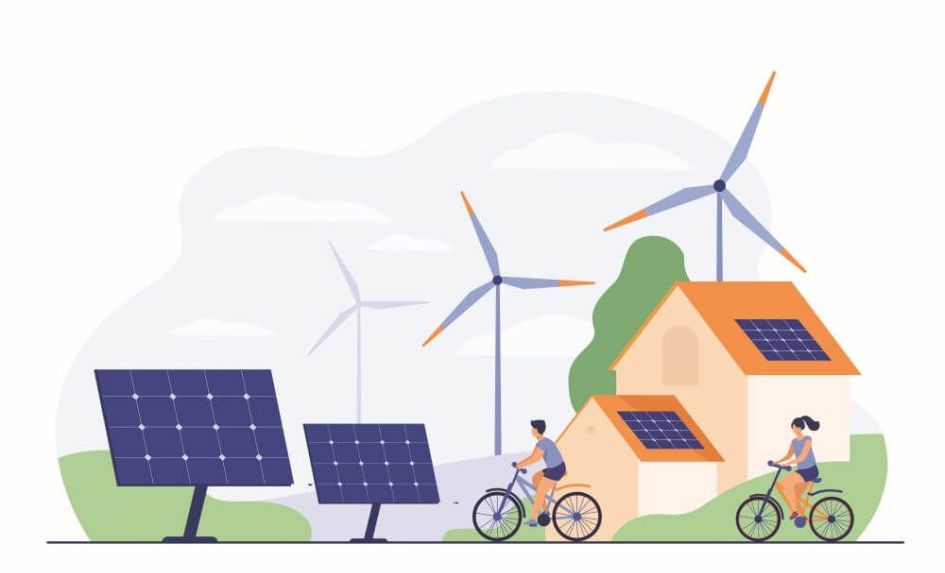You may think that a decision on whether to have solar panels or not is for the business manager, resources and site governors and the focus will be on financial outcomes.
But the question about whether a school should have solar power should probably involve the teaching staff, the curriculum team, and governors and be focussed on pupil outcomes.
That may seem strange. But an installation of solar panels, bringing solar power to a school, also brings with it teaching and learning opportunities for generations to come; that can spill into all different areas of education for sustainable development, helping open doors for critical thinking, curiosity and creativity.
There is no doubt that having solar power brings greater energy security through on-site generation. It helps schools hedge against rising mains rates, saving money, and it brings schools a greater accuracy for budgeting. There are financial advantages in the medium and long term, if not in the immediate future.
But the ability of the school to link its campus and its curriculum with relevant real-life technologies can have a far wider outcome if a school truly embraces the idea.
Sustainable
Primary schools are masters at project-based learning and it is possible to use the solar panels, and the live data that they generate, to explore subjects like energy, light, the sun and its power: letting pupils use their imaginations while delivering in subject areas of English, mathematics, science, geography, design and technology, to name a few.
These topics will be a launch pad into other areas of sustainable development that will enhance further learning.
The diversity of ages from five to 11 years of age at a primary school is challenging, but solar panels and the power of the solar can start all ages on a lifelong learning journey about living more sustainably, caring for a planet and for each other.
Solar power can be used to link schools in different countries, with similar goals, to learn about different cultures and through project-based learning, which is motivational and inspirational, enhance pupil outcomes across all ranges of abilities.
There are plenty of resources online and there are plenty of educators in sustainable development.
A mobile App, funded by UK Innovate, is being developed by Solar for Schools to encourage Years 5 and 6 to start their learning on the four Es: areas of the environment, electricity, energy and efficiency; that will take primary children into KS3 subject journeys that will prepare them for their GCSE qualifications and beyond.
Decarbonise
Today’s “what three words” for schools are “net zero carbon” (operational) schools. Solar power is a keystone in helping schools that are looking to decarbonise to be NZC over the next ten years.
Solar panels will ensure that schools switching from carbon-intensive heating are able to offset the higher electricity demands from heat pumps with renewable resources.
By taking the invisibility cloak off electricity, by monitoring its use in schools, school management teams can better assess the use of electricity, helped by the students who can become energy detectives.
It is true that solar panels on schools are not new. Around ten per cent of primary schools in England have solar panels. Schools have been installing panels on their schools for over ten years. The financial incentives offered by government in the early years no longer exist but there are other opportunities.
Many primary schools will face challenges when looking at how they can secure solar panels.
There is no right way to do it. Schools have options and they need to look at what suits them best to find how they can embrace a technology that will increasingly be the norm.
It is important to remember that schools do not need capital to have solar panels.
Ownership of assets is not always the best approach and buying solar power rather than owning solar panels can be a good long lasting solution avoiding future costs.
The options may appear confusing at start, but what is clear is that installing solar panels on a school is only the start of a journey that can enhance learning outcomes for everyone.
Ann Flaherty is a director of Solar Options for Schools and has been working with schools and solar for the past 10 years.










